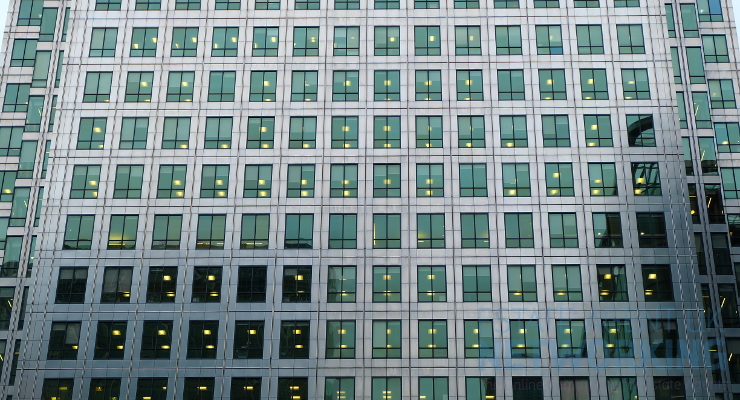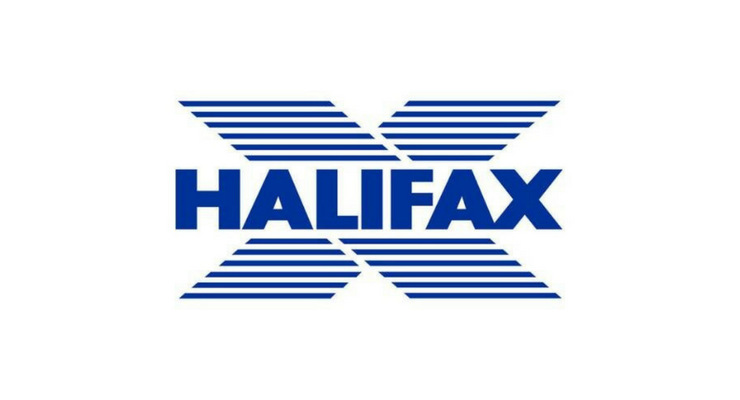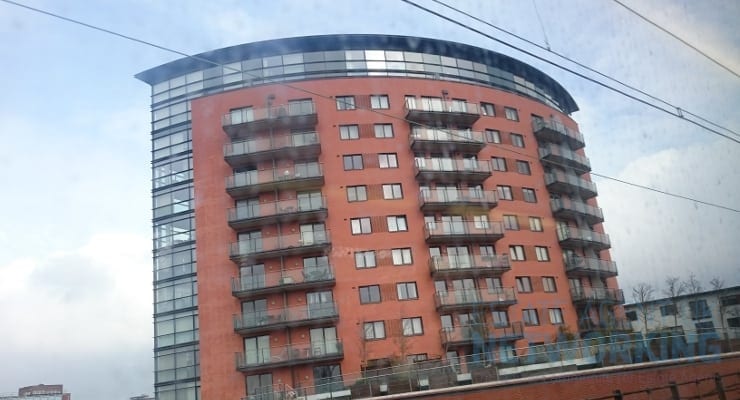Demand for office space exceeds pre-pandemic levels as back to the office beckons
- Business owners enquiring about leasing office space surpassed pre-pandemic levels in January, 54% higher than in January 2021 and 15% higher than in pre-pandemic January 2020
- The office sector started the year with the strongest growth in enquiries of any sector, as more businesses assess their office needs in the hope of moving towards a new normal
- Demand for office space within the UK’s ten biggest cities is now just 8% behind pre-pandemic levels, and up 62% on January 2021
- Leading global real estate adviser Knight Frank reports businesses are signing up to longer leases for office space as they make firm decisions on their medium-term working policies
New insight from the UK’s leading commercial property website Rightmove reveals more businesses are making plans to return to the office, with demand for office space 15% higher than in January 2020 before the pandemic started.
2021 saw many businesses delay action on future office requirements driven by pandemic uncertainty. The emerging new normal means office plans are now taking on a new urgency, with businesses contacting agents and landlords with requirements.
While some may be downsizing, the emergence of more hybrid working policies and some companies returning to the office full-time means many are looking to upgrade the quality of their office by taking up similar or larger square footage.
Annual growth in demand for office space outperformed all other sectors including industrial, retail and leisure and hospitality in January.
With the work from home order no longer in place, Knight Frank reports more businesses are signing up to longer leases to put at least medium-term plans in place for the coming year and beyond.
Director of Rightmove Commercial, Alex Solomon, says: “The office sector has taken a knock since the pandemic started, with businesses cancelling their contracts, or downsizing, and there has been much talk of working from home becoming a permanent fixture for many companies. Although some businesses have decided to move to fully remote working, there are a large number introducing a hybrid policy with office working a few days a week, and others who would prefer their employees to be in five days a week. Many business owners adopted a wait and see approach, but we’re now seeing many taking action to try and settle into a new routine. The bigger cities will take a bit longer to recover but there are promising signs of increased activity as we start 2022.”
Lee Elliott, head of global occupier research at Knight Frank, says: “Momentum built in London’s occupational market during 2021, with the market seeing five consecutive quarters of improving take-up. Moreover, there is currently 3m sq ft of space under offer and 7.5 million sq ft of active demand from occupiers seeking space within the next 6-9 months. A number of factors are propelling the market. Business sentiment in terms of headcount and revenue growth is now well beyond pre-pandemic levels. There is a sense of both an imminent shift from pandemic to endemic and that we will live with COVID in some shape for longer, and so a more progressive agenda is emerging. Critically, as restrictions lift businesses are finally obtaining signals about what their future offices needs are in terms of both quantum and quality of space – evidence will fuel decisions. We therefore expect more occupiers to devise and implement plans, particularly given the volume of lease expiries (more than 20 million sq ft) occurring in the London market between now and the end of 2025. These structural events will enable occupiers to make a step-change in their office accommodation, further fuelling the much heralded flight to quality.”









